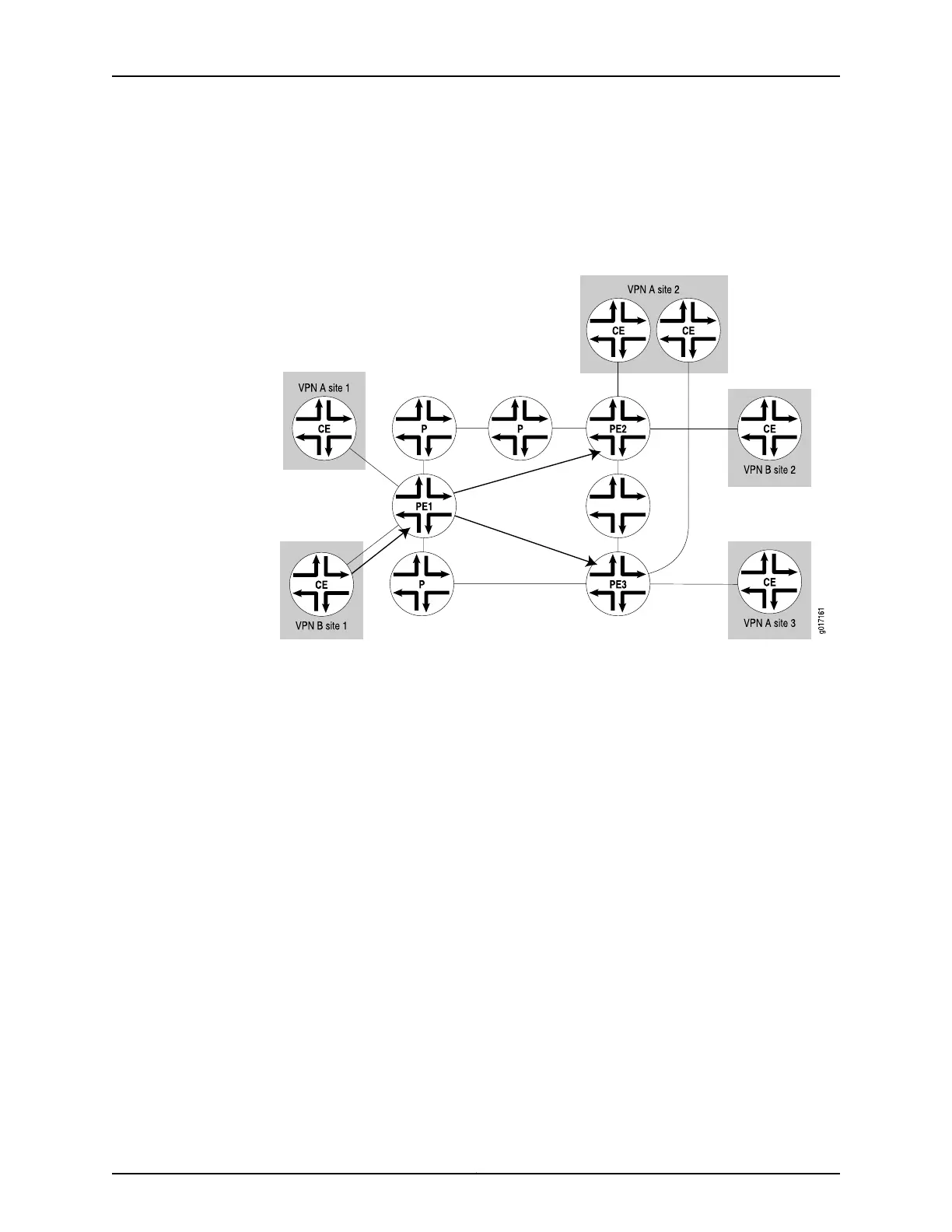Figure 51 on page 824 illustrates how Router PE1 distributes routes to the other PE routers
in the provider’s core network. Router PE2 and Router PE3 each have VRF import policies
that they use to determine whether to accept routes received over the IBGP sessions
and install them in their VRF tables.
Figure 51: Distribution of Routes Between PE Routers
When a PE router receives routes advertised from a directly connected CE router (Router
PE1 in Figure 51 on page 824), it uses the following procedure to examine the route, convert
it to a VPN route, and distribute it to the remote PE routers:
1. The PE router checks the received route using the VRF export policy for that VPN.
2. If the received route matches the export policy, the route is processed as follows:
a. The route is converted to VPN-IPv4 format—that is, the 8-byte route distinguisher
is prepended to the 4-byte VPN prefix to form the 12-byte VPN-IPv4 address.
b. A route target community is added to the route.
c. The PE router advertises the route in VPN-IPv4 format to the remote PE routers.
The routes are distributed using IBGP sessions, which are configured in the provider’s
core network.
3. If the route does not match the export policy, it is not exported to the remote PE
routers, but can still be used locally for routing—for example,if two CE routers in the
same VPN are directly connected to the same PE router.
Copyright © 2017, Juniper Networks, Inc.824
ACX Series Universal Access Router Configuration Guide

